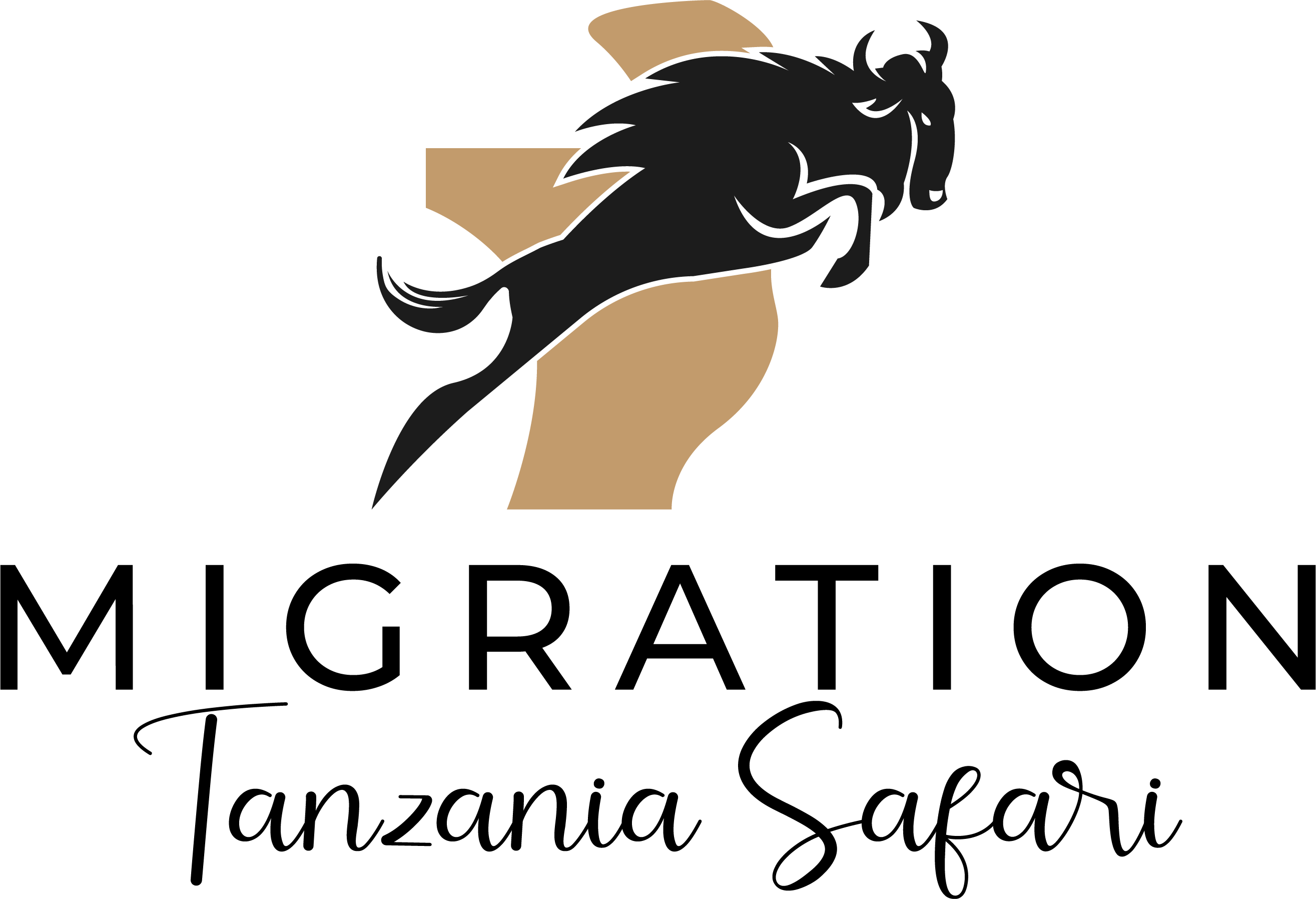The best time to visit Tanzania really depends on what wildlife you want to see. Wildlife numbers are dictated by the rains so you will have a different experience depending on when you vist. Below is an account by month of what you can expect.


JANUARY AND FEBRUARY
SAFARI
There is a chance of rain however it doesn’t generally rain all day, normally just in the afternoon. Temperatures will be on the up, as will humidity!
At this time of year the migration herds will be in the South East of the Serengeti for calving season, an amazing experience in itself!
It is also a great opportunity to see migratory birds which arrive in their thousands.
KILIMANJARO
January and February are two of the best months for climbing Kilimanjaro as temperatures are highest and you have the best chance of blue skies. However, these are also the busiest months!
ZANZIBAR
Quite possibly the best time to visit. Not only are the days hot and sunny but the water is also at its clearest, making it perfect for snorkelling and diving.

MARCH AND APRIL
SAFARI
Migrating herds start to leave the Ndutu plains heading towards Grumeti although because of the rains movement can be a little unpredictable with some moving east, some moving central and other staying put in the south. Although classed as low season, your great migration safari experience will remain similar to previous months, particularly in March. The benefit of travelling at this time of year though is that the parks are really quiet which means you could have all of Tanazania’s widlife to yourself and likely end up on private tour!
KILIMANJARO
March is a great month to enjoy the mountain with no other tourists before the rainy season truly starts in April.
ZANZIBAR
From mid March onwards it can very wet with frequent showers. Not ideal for lounging in a hammock by the sea.

MAY AND JUNE
SAFARI
Th heavy rains of April give way to lush grasses in May, and the start of the “green period”. The long grasses can make it harder to spot wildlife, however, it is a fantastic season for birtdwatches.
Most of the migrating herds will likely be in the Grumeti area ready fo their firt real challenge: crossing the Grumeti River! It isn’t the famous Mara crossing that you will likely have seen in the National Geographic, but you will benefit from distinctly less tourists!
KILIMANJARO
We do not recommend climbing Kilimanjaro during this period as the chances of rain are high, and the trails will be very wet, muddy and snowy, adding an additional challenge.
ZANZIBAR
May remains wet however by June the “long rains” will have subsided and you can expect long sunny hot days. Short showers are still to be expected, but they make a perfect excuse for a siesta.

JULY AND AUGUST
SAFARI
We are now at the start of peak season. The migration is in the North of the Serengeti and elephants start to gather in Tarangire. As the land gets drier it becomes easier to spot wildlife. As we move into August, and water becomes scarcer the animals behaviours become even more predictable.
Between July and September is also the time to watch the Great Migration river crossings.
KILIMANJARO
The rainy season has passed, and although there is still a chance you might get wet, chances are you will have clear blue skies for your ascent. Be prepared for cold weather though!
ZANZIBAR
Although there is still a chance for short lived showers, this is a great time to relax on one of the many beaches of Zanzibar.

SEPTEMBER AND OCTOBER
SAFARI
It is still peak season with the end. The great miogration is now in the North of the Serengeti with herds on both sides of the Tanzanian and Kenyan border. There will be a large number of elephants in Tarangire. Expect the Northern circuit to be busy, however, the South sees a lot less visitors yet is really rewarding for safaris at this time of year.
In late October and early November wildebeest migrate to the eastern limits of the Serengeti, past the Namiri Plains, an area known for outstanding cheetah sightings.
KILIMANJARO
A perfect time to climb. Chances of rain are small, although come prepared nonetheless as mountain weather can be unpredictable.
ZANZIBAR
Still a great time to visit Zanzibar, although do expect more showers towards the end of October.

NOVEMBER AND DECEMBER
SAFARI
The start of the short rain period, however, these do tend to be predomintantly at night. Despite the chance of rain November is still a great time to come on safari, not only are the rates lower but the parks will also be much less busy, and of course you have the chance of spotting cheetahs as the heards migrate through the Namiri plains. December can become busy again, particularly around the festive periods. As the great migration comes to the completion of its great annual migration you can expect the heards to be spread throughout the eastern and southern reaches, making their way back to the Ndutu plains ready for calving.
KILIMANJARO
Tanzania’s short rainy season starts at the beginning of November and continues until the beginning of December. Afternoon rains are common, but you can expect clear skies in the mornings and evenings. The routes can get very slippery though. The chances of rain reduce in December making it a better choice.
ZANZIBAR
The short rains are starting and the temperature is hotter. The showers are usually short-lived, allowing you to retreat to the bar or for a massage before coming back out when the sun returns.
